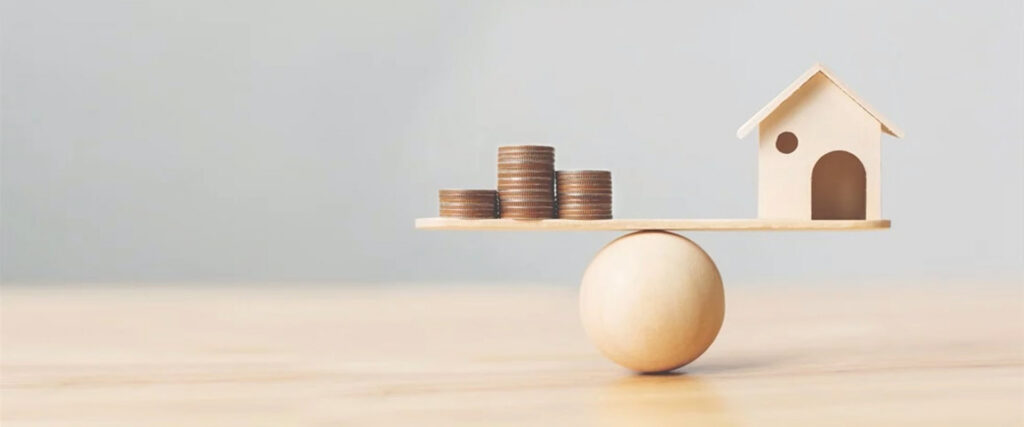Danie Keet
The listed property market continued its end-of-year recovery in the first quarter of 2021 as shown by the improvement in the share prices of JSE-listed companies, albeit from a low base.
Fundamentally, industrial property is still in the best position compared to the other non-residential property types, which suffer from a large supply overhang. The office market remains the riskiest.
Office market
It is hard to be a plant in an office these days, plagued by a pest called Covid‐19. At least the plant’s roots are not dead, but it needs its caretakers back in the office to apply much‐needed water and fertilizer.
Rode’s office market survey for the first quarter of 2021 indicates that the worst fears have come true for landlords, with market rentals dropping further due to a swelling oversupply as many workers continue to work away from the office. Nationally, rentals for decentralized grade‐A space decreased by 5% in the first quarter of 2021 compared to the first quarter of 2020, thereby declining for the third consecutive quarter. Grade‐A nominal rentals decreased by 8% in Cape Town and 7% in Johannesburg − the worst declines of the major cities.
Rentals edged lower in Pretoria. This implies that no major city managed to record above‐inflation rental growth.
The next few years will likely continue to see low construction of new offices and a sharp rise in the conversion of older office space, where financially feasible. This implies that green shoots are likely to emerge from a supply perspective in a few years’ time, but strong growth in demand will also be needed for the sector to regenerate.
Industrial market
The industrial market is the cream of the crop due to its few speculative developments, low vacancies and recovering rental growth. In the first quarter of 2021 nominal rentals for prime space of 500 m² on a national level grew by 1% year on year.
This is better than the 0,5% growth achieved in 2020, but still well below the 5% rental growth of 2019. The slow rental growth shows that the industrial market is also feeling the effect of the weak economy, although accompanied by less pain than the office and retail property markets.
Nominal rentals for prime industrial space of 500 m² grew by 3% and 2% in Durban and
Witwatersrand respectively, while growing by 1% in the East Rand. The demand for industrial property is slowly recovering in Cape Town, but rentals remain about 1% lower than in the first quarter of 2020.
Interestingly, several of Rode’s survey respondents noted a strong demand for smaller properties as companies scale down, which is indicative of still difficult operating conditions. Indeed, manufacturing, production and retail sales in January 2021 were still lower compared to January 2020, which means the recovery from last year’s lows still has a long way to go.
Residential market
House prices in South Africa remain buoyant, with nominal price growth reaching about 4% in February 2021 compared to February 2020 due to the interest rate bonanza. This implies that so far in 2021 house prices have surprisingly outpaced consumer inflation, which averaged 3% in the first two months.
This is very encouraging as house prices have been declining in real terms (after deducting consumer inflation) since 2016.
However, there are early signs that the market is starting to cool, with prices essentially trending sideways since December on a month‐on‐month basis. This could be because the interest rate impact is starting to fade, while unemployment and salary cuts start to play more of a role in
curbing demand growth. After all, we know from rigorous research that the growth in house prices is positively correlated with the economy. This brings us to the crucial question: when will short‐term interest rates be normalized again? A bloodbath is awaiting us somewhere in the future.
As for the flats market, the good news is that flat vacancies may have peaked, as the latest Rode data indicates an improvement in vacancy rates to 12% in the first quarter of 2021 from a high of 2,9% in the fourth quarter of 2020. However, vacancy rates are still well above the 9,2% average of 2020.
High vacancy rates have put enormous pressure on rentals, which should continue in the short term as tenants remain under significant financial pressure.








